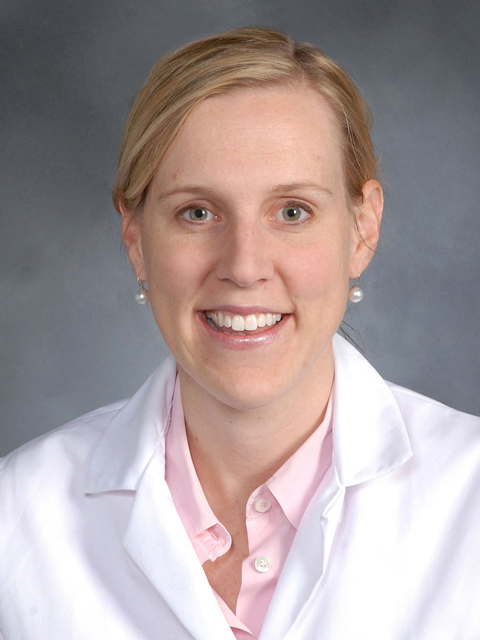With treatments, AIDS survival rates in Haiti equal to U.S.
By Geri Clark

One of the first groups of AIDS patients to receive free HIV drugs in a public health setting in the developing world is living as long as those in the United States, according to research conducted by Weill Cornell Medicine investigators.
In a research letter published Jan. 27 in the New England Journal of Medicine, Drs. Samuel Pierre, Deanna Jannat-Khah, Daniel Fitzgerald, Jean Pape and Margaret McNairy report that 70 percent of the 910 AIDS patients who received life-saving antiretroviral treatment (ART) in a public HIV clinic in Haiti in 2004 are still alive today.
“Achieving such high 10-year survival in AIDS patients despite abject poverty, political instability and lack of infrastructure in Haiti tell us that sustainable HIV programs in resource-poor countries are feasible,” said senior author McNairy, an assistant professor of medicine at Weill Cornell Medicine.
The results stem from a collaboration between the Weill Cornell Medicine Center for Global Health and its partner clinic of more than three decades at the Haitian Group for the Study for Kaposi’s Sarcoma and Opportunistic Infections, known as GHESKIO. In 2004, GHESKIO's clinic in Port-au-Prince began treating 910 AIDS patients with ART, a combination of drugs that suppress the HIV virus and stops the progression and transmission of the disease.
“This was the first project of its kind, under the leadership of Dr. Fitzgerald, co-director of the Weill Cornell Medicine Center for Global Health, and public funding for HIV drugs by international donors,” McNairy said. “GHESKIO was one of the first clinics to provide free ART to patients in a public health setting in the developing world.”
The majority of patients in the study had advanced AIDS when they started treatment in 2004. More than half had counts of less than 100 of a white blood cell called CD4 that protects the body from infection. (A normal CD4 count is between 500 and 1200.) Many had conditions associated with AIDS, including tuberculosis. Most were severely underweight and lived on less than $1 per day.
Their treatment has spanned the devastating 2010 Haiti earthquake, an ongoing cholera epidemic and political upheaval. All patients were to return to the GHESKIO clinic once a month for follow up, but were responsible for taking their daily medications unsupervised.
After 10 years of treatment, more than two-thirds of the patients are still alive, despite all of the challenges.
“These patients were literally on their deathbeds and living in very difficult conditions,” McNairy said. “This proves the long-term sustainability of efforts to provide AIDS treatment in developing nations. It’s a very exciting outcome.”
Geri Clark is a freelance writer for Weill Cornell Medicine.
Media Contact
Get Cornell news delivered right to your inbox.
Subscribe